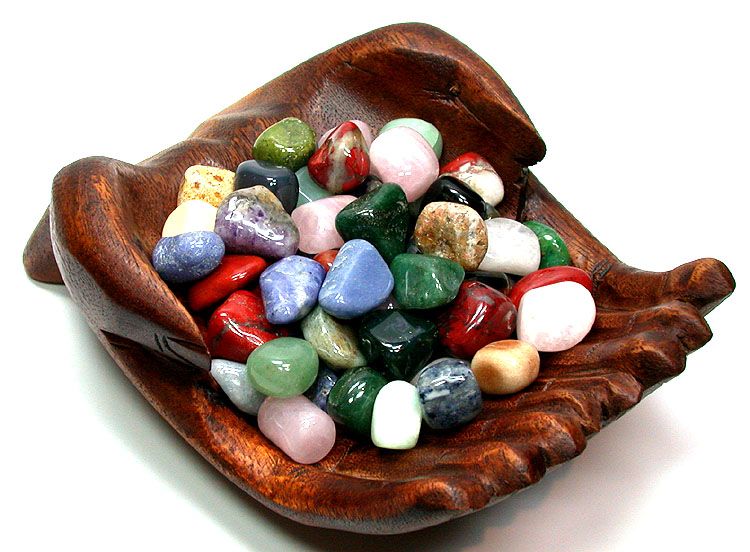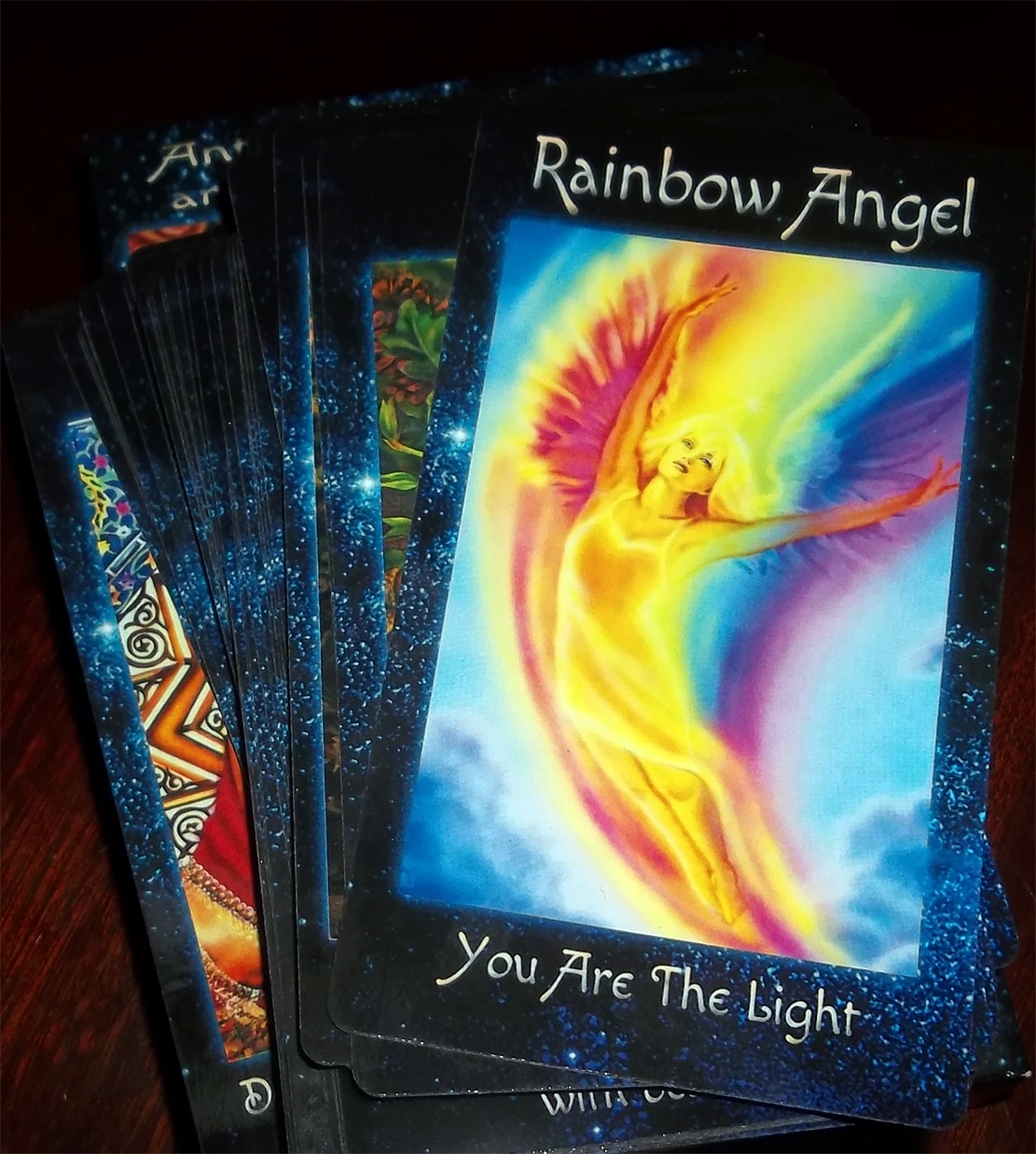Poison In The Sugar-Bowl
- Details
- Written by Bodhipaksa

Many, many years ago, when I was in my twenties, I was at the apartment of a woman I’d just started dating when her newly-divorced ex dropped by unexpectedly. Awkward! Especially since she had just popped out of the house and wouldn’t be back for a few minutes!
Trying to be a good host, I offered him a cup of coffee. He accepted. I imagine he was grateful that we could diffuse this tense situation through a little social ritual.
He asked for sugar with his coffee, and I wasn’t familiar with where it was kept. But after a little searching I found a sugar-bowl and, as requested, measured out two heaped spoonfuls into his mug. He took one sip and his face contorted into a look us disgust. It turned out that the “sugar” I’d given him was actually salt! Now, having apparently tried to poison my girlfriend’s ex, I felt really awkward! I was convinced he’d think I’d done this deliberately.
Anyway, the moral of the story is that it’s possible to confuse two things in a way that has unpleasant results. And this happens with spiritual practice even more than it does with unlabelled bowls of white granular substances.
The Buddha once talked about wrongly understanding the teachings as being like grabbing a snake by the wrong end. If you need to pick up a snake, you want to take a firm hold of it just behind the head. Grab it by the tail and it’s going to loop around and bite you.
So what kinds of snake do people grab by the wrong end? (Or to put it another way, what kinds of salt are people putting in their coffee thinking it’s sugar?) Here are just four.
1. Misapplied Non-Attachment
Non-attachment means being aware of your own clinging and desires (e.g. wanting to have things your own way) and letting go of them. In our daily lives we can practice non-attachment in many ways: for example letting go of your compulsion to speak about yourself and choosing instead to listen empathetically to another person.
Non-attachment doesn’t mean “not caring,” or emotional detachment, which is how some people think about it. Equating non-attachment with not caring is usually self-serving. The environment? Well, everything’s impermanent anyway, so what does it matter if species go extinct and people’s crops are ruined by drought?
True non-attachment helps us to see our emotional avoidance strategies, and to set them aside so that we can truly care. Genuine compassion, caring about others’ suffering just as we care about out own, is a form of non-attachment.
2. Fake Patience
Maybe you stay with a partner who’s unsupportive, or you have a friend who talks nonstop and won’t let you get a word in sideways. And you never challenge them, because you’re practicing “patience.” After all, haven’t we had it drummed into us that we can’t make the world into a perfect place, and that it’s up to us to change.
But the thing is that that partner’s unsupportiveness isn’t making them happy, and neither is the friend’s logorrhea. Quite possibly neither of them wants to be asked to change (generally we don’t like change), but both of them would be more fulfilled if they did.
Sometimes you’re doing both yourself and others a favor if you’re more demanding and less “accepting” and “patient.”
3. Spurious Kindness
Lots of people are caring and compassionate when it comes to others, but are harsh and critical when it comes to themselves. And yet Buddhist teachings say that we can’t really have kindness and compassion for others unless we relate to ourselves kindly and compassionately first. What’s going on?
At one time I assumed that the Buddhist tradition was wrong on this point, but as I learned more about practicing empathy I realized that the traditional teaching fits my experience. I realized that a lot of the time when I thought I was being compassionate toward others I was either being “nice” to them because I wanted them to like me, or I was being “good” so that I could feel good about myself. And both of those things arose out of me not liking myself and not being kind to myself.
As I learned to have more self-empathy, I found that this empathy, and the compassion that arose from it, naturally flowed toward others. What do you know? The tradition seems to be right, and a lot of what I had thought to be kindness wasn’t really kindness at all.
4. Misunderstood Karma
The teaching of karma (which, incidentally, is not as large a part of the Buddha’s overall teaching as most people seem to think) was really meant as something we applied to ourselves. You want to be happy? Look at what you’re doing, since it can either create ease or suffering, peace or turmoil.
Later Buddhists were less interested in Buddhist as a form of practical psychology and more interested in Buddhism as a theory that explained everything — something that the Buddha himself would have found utterly alien.
One of the consequences of this is that Buddhists often misuse the teaching of karma in order to validate their judgements of others: People are suffering? Well, they must have done something to deserve it. And so why should I feel compassion for them? If we really understood karma in this situation we’d be looking at our own reaction to others’ suffering, would realize that judging others is something that creates pain for us, and would find instead a more compassionate way to relate.
These are just a few of the ways that we misuse Buddhist teachings in ways that cause suffering for ourselves and others. It’s important to grab a snake at the right end. It’s important to make sure that what you’re putting in your mug is really sugar.
Liked this article? Dive deeper into personal growth and wellness! Check out CrystalWind.ca for spiritual wisdom or explore AromaWorx.ca for natural well-being tips. Spread the positivity—share this with friends on their happiness journey!
Let’s Chat! Drop Your Thoughts Below! ![]()
Latest Articles
Dive into the Mystical World of the Crystal Wind Oracle Deck!
Get All the Enchanting Details Now!
NEW Expanded Boxed Edition!
Now with 58 Cards for Richer Wisdom!
Imagine a world of inspiration and healing, free for all—made possible by YOU!
Donate Now—Ignite the Magic at CrystalWind.ca!

Epilepsy - Finding A Cure
Your donation can make a difference!
Help us find a cure – donate now!
Unlock Your Light: Join Lightworkers Worldwide on CrystalWind.ca!
Follow Us!
Featured This Month
Crystals for Virgo
As the warmth of summer begins to soften into the crispness of autumn, the Sun... Read more
Mabon in Modern Times: Fresh Takes on the Au…
The Mabon season begins somewhere around the 21st-22nd of September and cont... Read more
Watermelon Tourmaline
Synonym: Rainbow Tourmaline The watermelon tourmaline is a rare variety t... Read more
Sweet Violet
Sweet Violet Faithfulness and modesty. “I will always be true to you.” Helps... Read more
Peridot: The Healer's Stone
Peridot has been used as a Power Stone for centuries. Peridot fosters emotio... Read more
Mabon Magic: Ideas For Fall Decoration And R…
Welcome (almost!) to Fall! We’re turning the Great Wheel once again, toward ... Read more
Virgo Mythology
The Virgo Myth In all of constellation mythology, few legends are as misund... Read more
The Vine: September 2nd - September 29th
The Autumnal Equinox ( Alban Elfed ) Celtic Symbol : The White Swan Read more
Sun in Virgo
An Overview of Sun Sign Characteristics for Virgo Virgo is guided by Mercur... Read more































































































































































